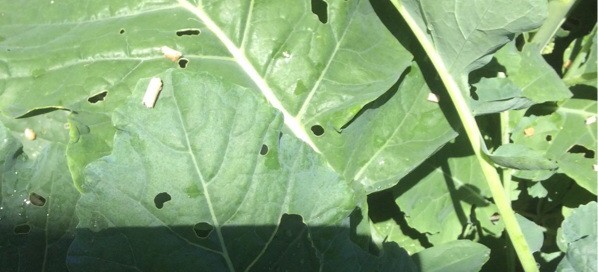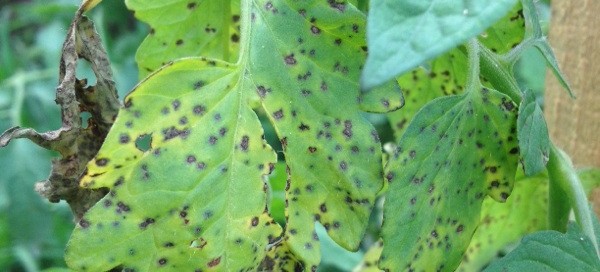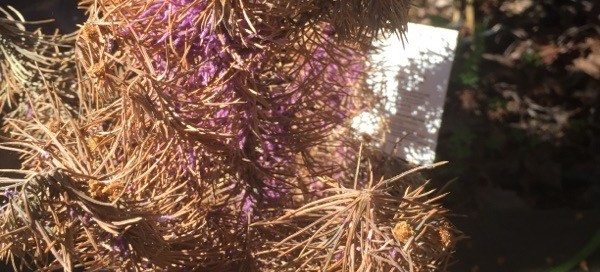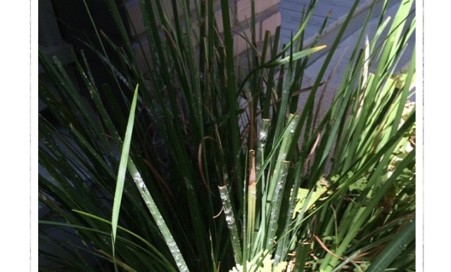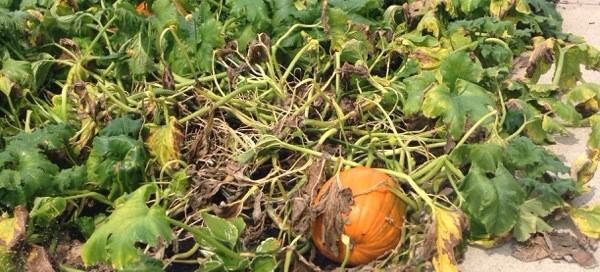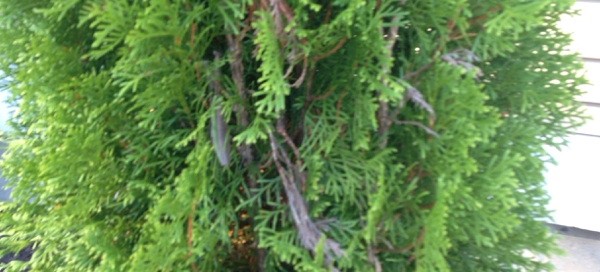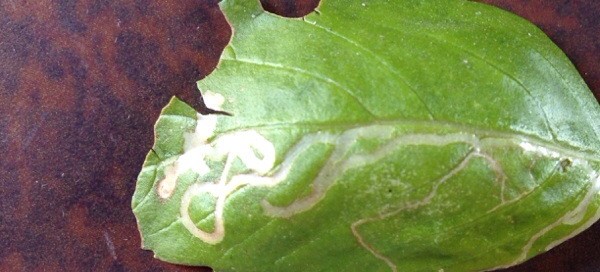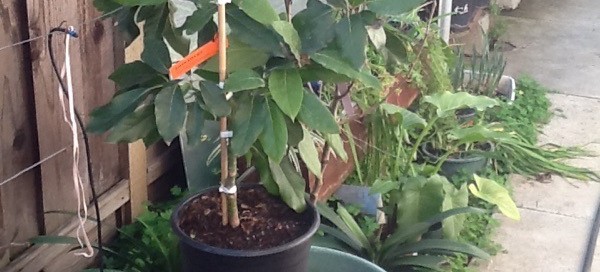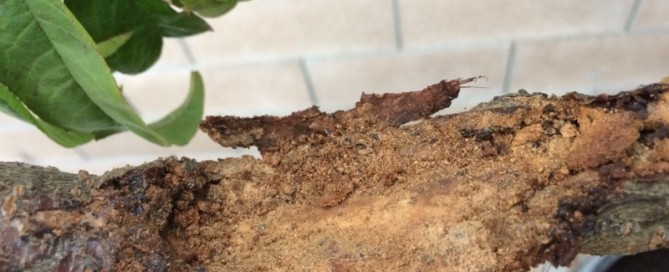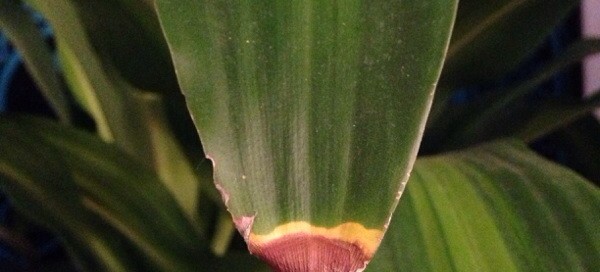Slugs Snails Or Chewing Insects
Looks like snails or slugs but could also be chewing insects, like beetles or caterpillars. Look under the leaves for caterpillars and remove them by hand if you find them. Look for snails and slugs at dawn or dusk and remove them and dispose of them. Also look for slime trails around the plants early in the day to indicate their presence. If you have a dark, moist area of your garden or landscape that may be harboring slugs/snails, we recommend trapping them and/or collecting them from the area every morning until you've eliminated them (or as much as possible). There are also organic snail baits formulated with iron phosphate that are safe around small pets and children. Since snails/slugs lay eggs in soil, we also recommend regular cultivation of the soil with a hoe or claw-type tool around the yard/garden, but avoid damaging plant roots. This link provides great info about managing snail/slugs. Pay particular attention to the info about Baits if you have pets and children. Do NOT get bait on your edible plants.
http://www.ipm.ucdavis.edu/QT/snailsslugscard.html
